Our (old) boat has a fresh water tank whose level was reported by a now broken gauge. For cosmetic reasons I need to replace the broken gauge with a similar form factor (I do not wish to cut the panel about). So I cannot just buy any new tank gauge.
The old gauge is from the Anders Acclaim AM25 series and had been adapted (messily) to act as an Ommeter with a "Euro type" tank sender. I can obtain a physically compatible replacement ammeter (1 milliamp max) and I can change the tank sender to the "US type" (240 ohms empty, 33.5 ohms full).
But I cannot work out what circuit to build such that the gauge will read zero amps when the tank is empty and 1milliamp when the tank is full.
Boat's electrics are a nominal 12v (more like 12.5 when exhausted and 14.4 when charging).
Edit: the replacement ammeter is described as having a coil resistance of 200ohms here http://www.topqualitytools.co.uk/meter-78x60-0-1ma-am25a2/
Edit: Further hunting has produced an alternative compatible gauge, a voltmeter, the AM25F2 (0-75mV DC). Might this be utilised in a solution?


